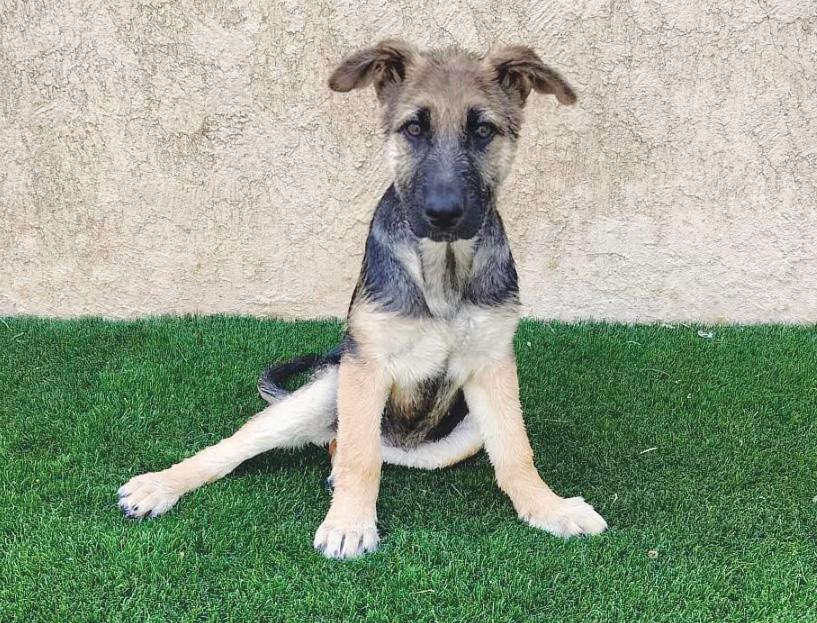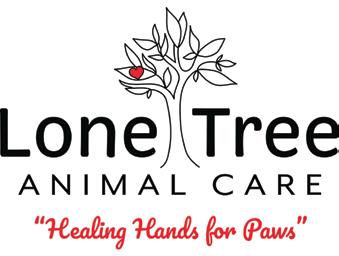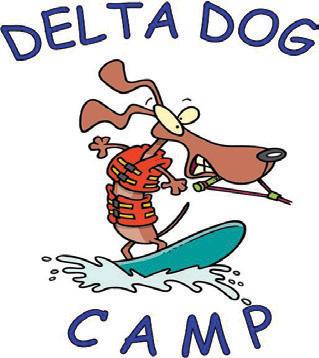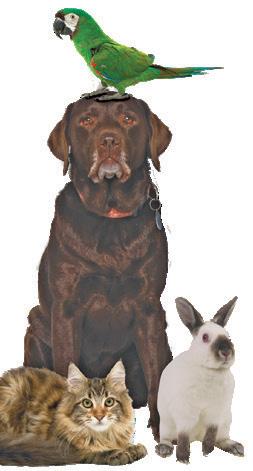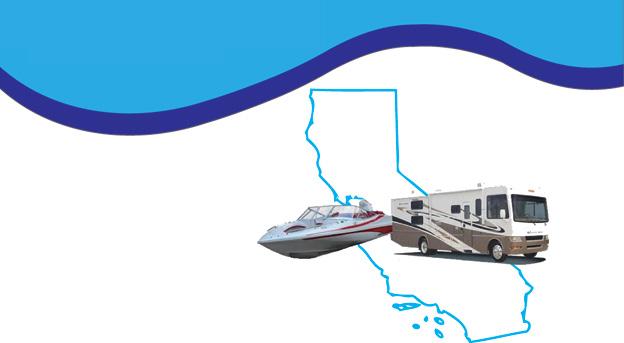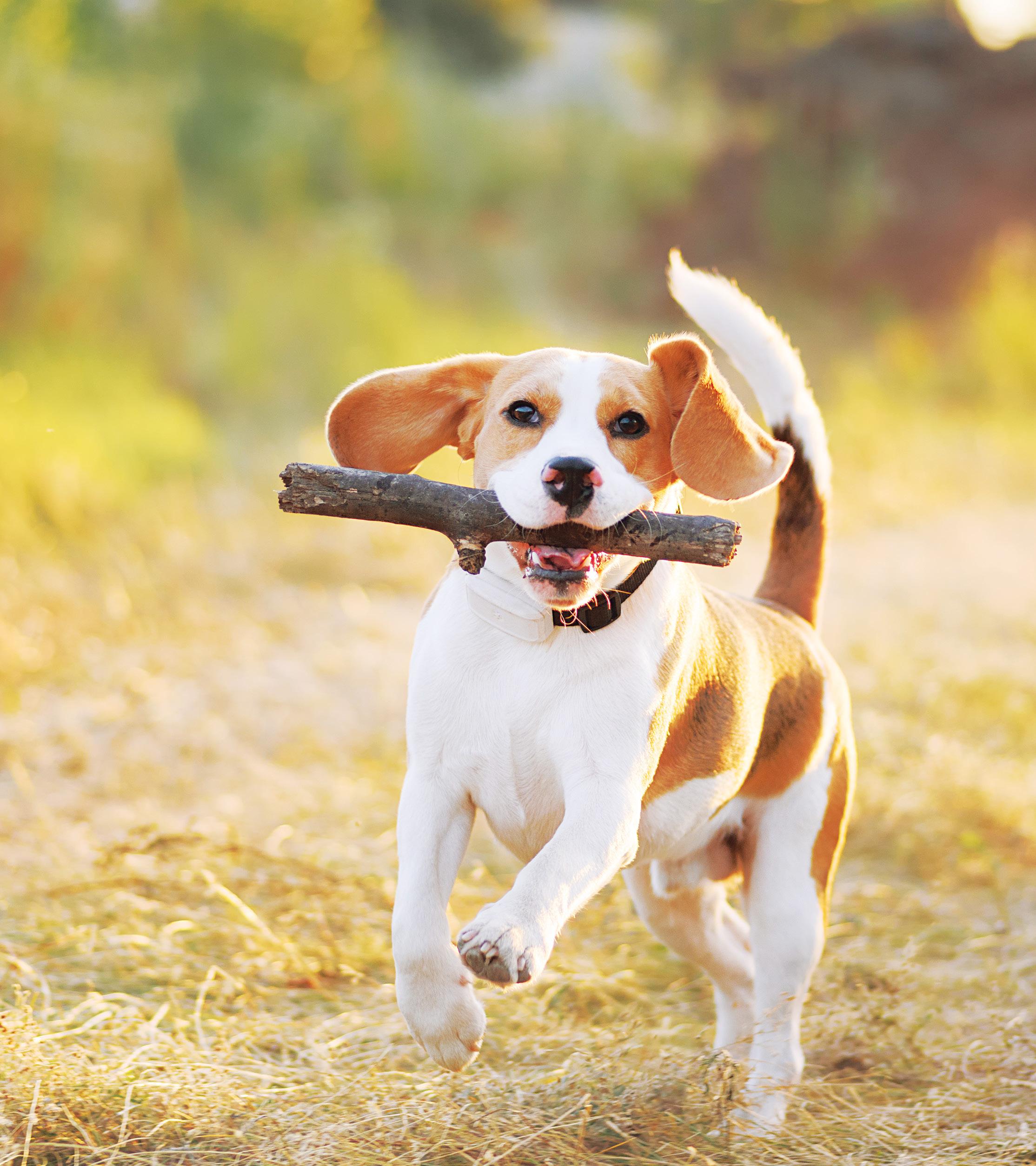

The dangers of letting cats roam outdoors
House cats make peculiar, interesting and lovable companions. Cat owners often go to great lengths to make their furry feline friends feel good, and some may allow cats to roam outside. Though such a decision may be well-intentioned, it could lead to some troubling consequences.
The animal welfare organization American Humane notes that allowing indoor cats outside could jeopardize their health and safety in a number of ways.
Health
Cats allowed to venture outside may encounter feral cats, which American Humane notes can be carriers of disease. A 2014 study published in the journal Zoonoses and Public Health estimated that between 60 and 100 million feral cats live in the United States, and that figure could be even higher today. The animal rights organization PETA notes that contagious diseases such as herpes viral conjunctivitis, feline AIDS, leukemia, and infectious peritonitis are common in feral cats. Indoor and outdoor cats who catch these diseases could suffer serious consequences, including death.
Infection with parasites is another potential outcome for indoor cats allowed outdoors. Though American Humane notes parasites are not usually life-threatening for cats, they can cause a multitude of symptoms, including scratching, skin infections, vomiting, and diarrhea. Fleas, ticks, ear mites, gastrointestinal worms, and ringworm, which can be passed on to people in certain situations,
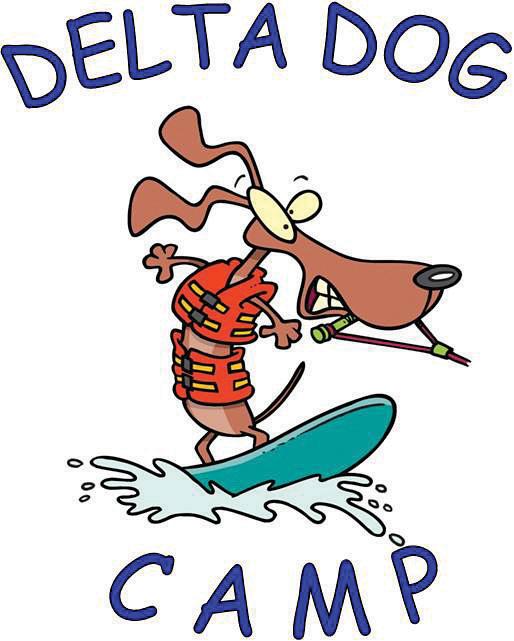

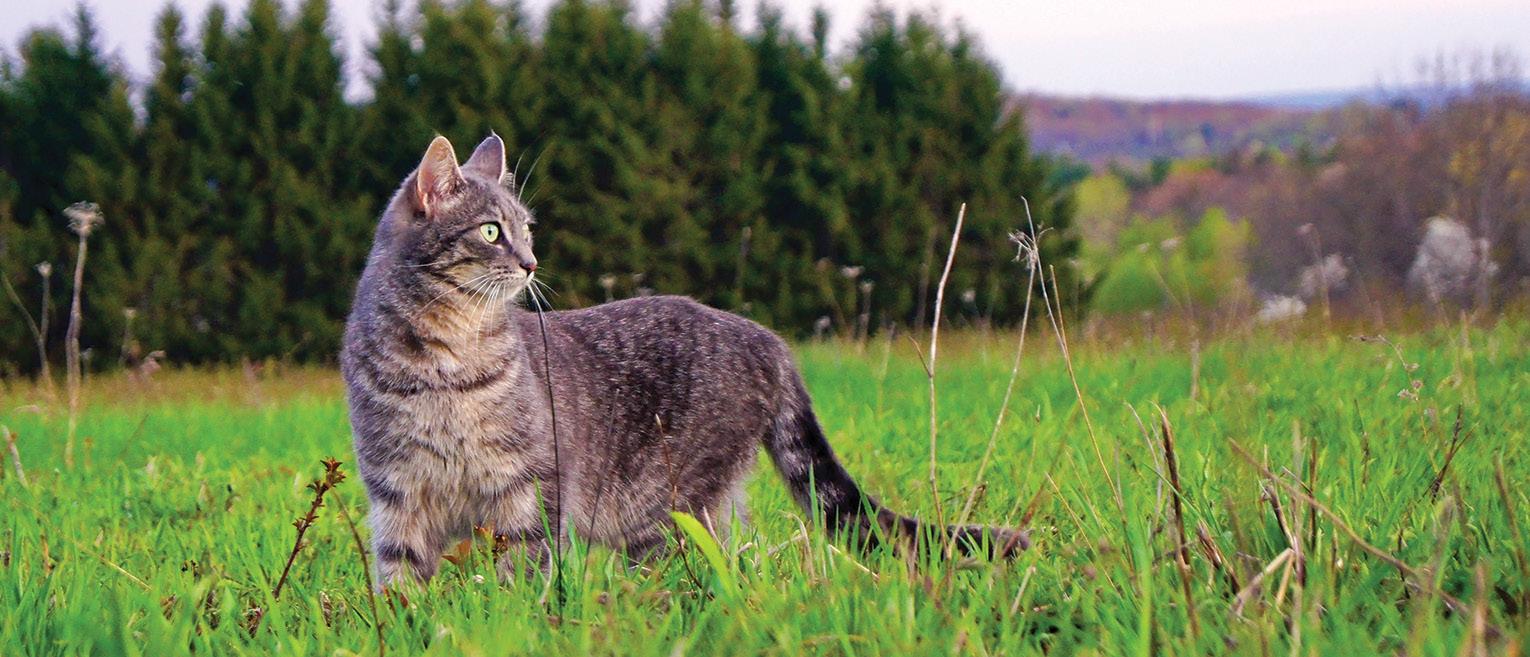
Though owners may allow cats outdoors as an act of kindness, such a decision could place these pets in serious jeopardy.
are just some of the parasites cats can pick up if allowed outside.
Safety
Safety is another factor cat owners must consider as they ponder whether or not to let their cats outside. American Human disputes the notion that cats have an innate instinct to avoid busy streets. Reliable estimates regarding how many cats are struck and killed by cars each year are hard to come by, but it bears noting that cats’ small stature makes them hard for motorists to see, which could make them more vulnerable to being hit by cars




than dogs.
Vehicles are not the only outdoor safety threat to cats. Loose dogs and wild animals, including raccoons and foxes, may hunt cats allowed outdoors. Cats also could ingest toxins such as antifreeze, which has a pleasant taste but could prove fatal for cats. And though the image of firefighters saving cats from high perches in trees is common, trees are a significant threat to cat safety. Curious cats may climb trees and then be afraid to come down or struggle to come down safely, potentially leading to severe injuries.
– Courtesy of Metro Creative


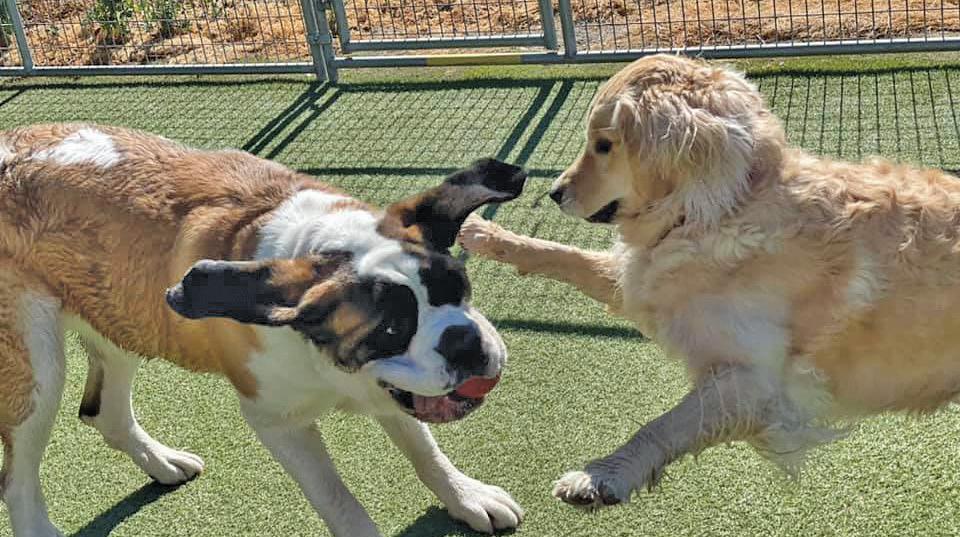

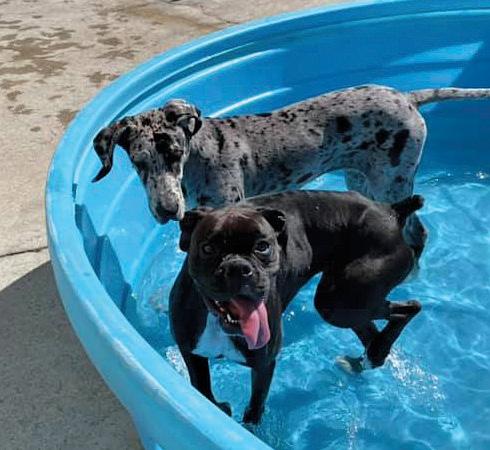


Discovery Bay company invents car
ADiscovery Bay company has created a car seat for large-breed dogs that weigh 40-80 pounds.
“We created an entire product category,” said Christina Johnson, co-founder of Rubicon Dog.
The specially designed car seat for dogs took years to design, according to Johnson. It just started shipping to consumers May 17 and is available to purchase on the company’s website www.rubicondog.com.
Rubicon co-founder Alex Florea launched the Rubicon Dog prototype last August on the Crowdfunding platform Kickstarter. Right away, it was a hit. “We exceeded our goal in three hours on Kickstarter; it’s what helped to give us the money to pay for molding and first round manufacturing,” Johnson said.
They attribute their early success to its uniqueness on the market. “People who have large- breed dogs, that love their dogs, want something safe to bring their dogs with them where they go,” she said.
Johnson, a business entrepreneurship professor at Santa Clara University, also runs Ruff Day Rescue, a non-profit that saves large-breed dogs from high kill shelters. She said she couldn’t find a safe way to transport large breed dogs in a single backseat, and that’s what helped inspire the Rubicon Dog. (One percent of revenue from Rubicon Dog goes to help fund Ruff Day Rescue.)
Until the advent of the Rubicon Dog, the best option to transport a large-breed dog was a crate, according to Johnson, but that’s problematic. “It takes up the entire back seat of the car,” she said. Letting the dog free roam is no better. “That’s a
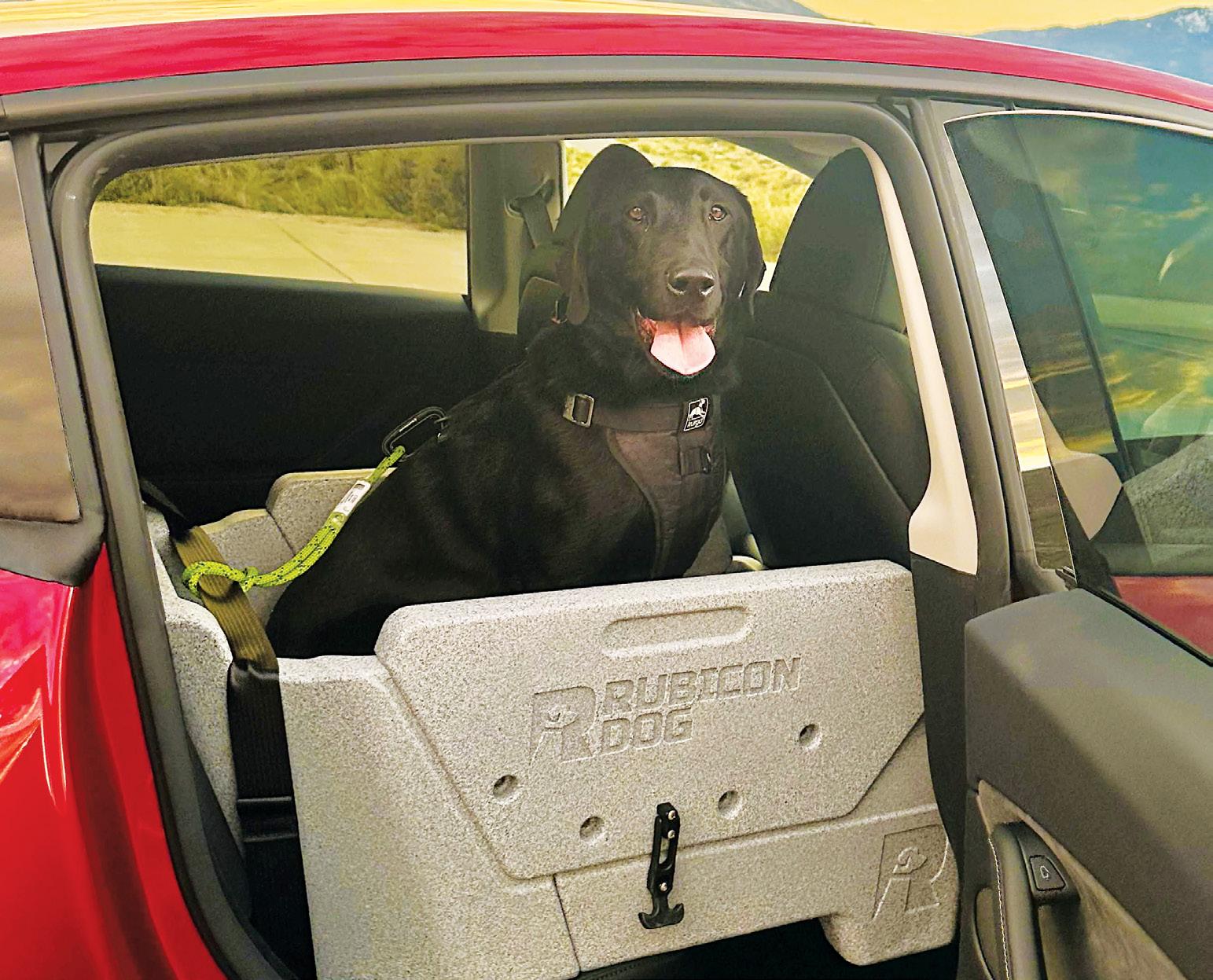
hazard not only to you but to the dog,” she said.
Rubicon Dog plans to expand to offer a variety of car seat sizes and accessories. But for Johnson, it was important to focus on the large-breed dogs first. “When I look at the proportions of dogs that are mistreated, abandoned, dumped, are re-homed because people say they can’t take them when they move, it’s all large-breed animals,” she said.
To celebrate their launch, Rubicon Dog is offering a 30%
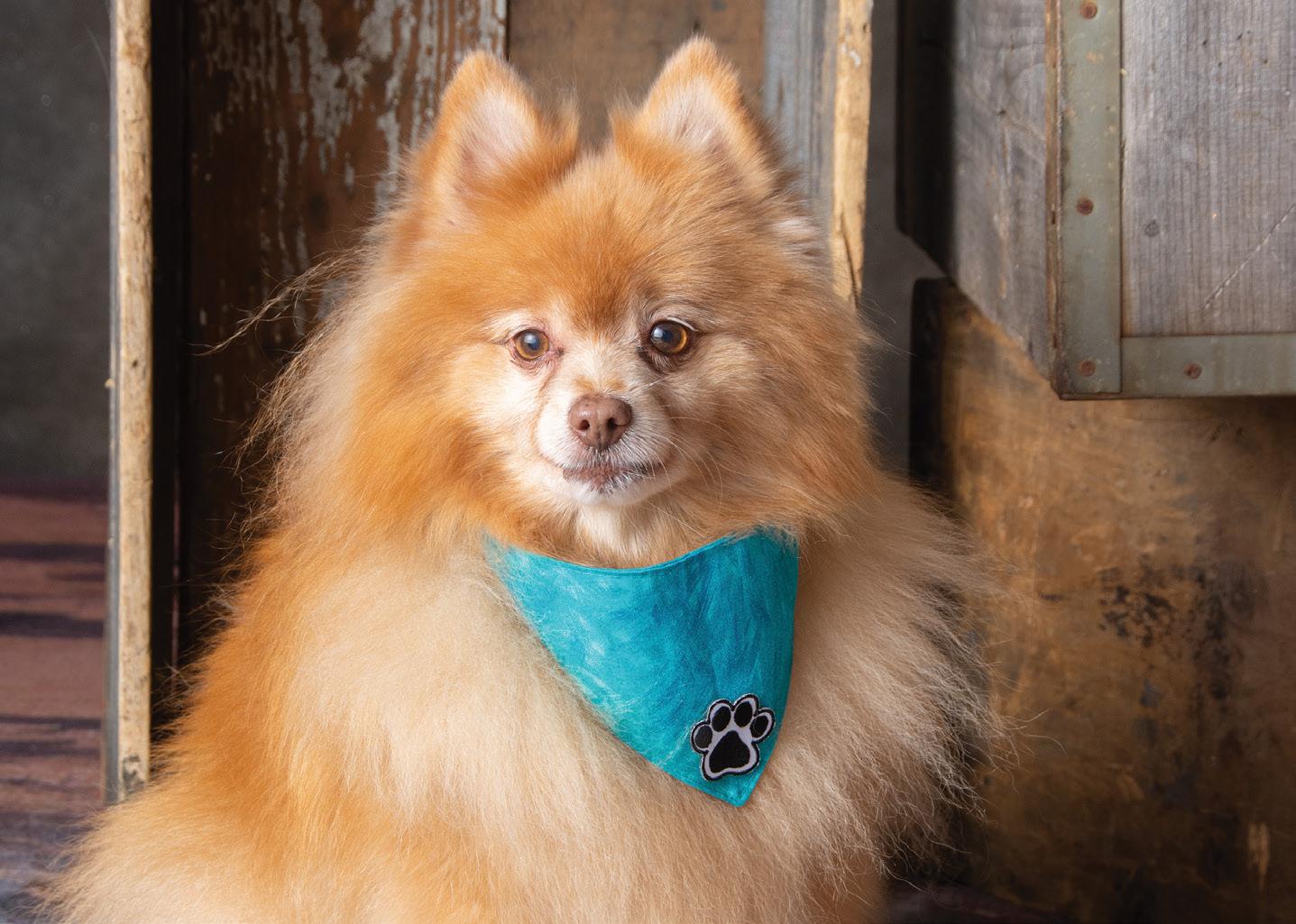

Rubicon Dog is a Discovery Bay-based company that has pioneered the first car seat for large-breed dogs weighing from 40 to 80 pounds.
discount along with coupon codes, free shipping, and a free harness. Email christina@rubicondog.com or visit www.rubicondog.com.
Ruff Day Rescue also will be hosting its Pawstoberfest on Oct. 5 from 11 a.m.-5 p.m. at Veterans Park at 3841 Balfour Road in Brentwood. For details, call Chris at 408-892-6869 or visit ruffdayrescue.org.
To view a video, visit www.thepress.net/multimedia
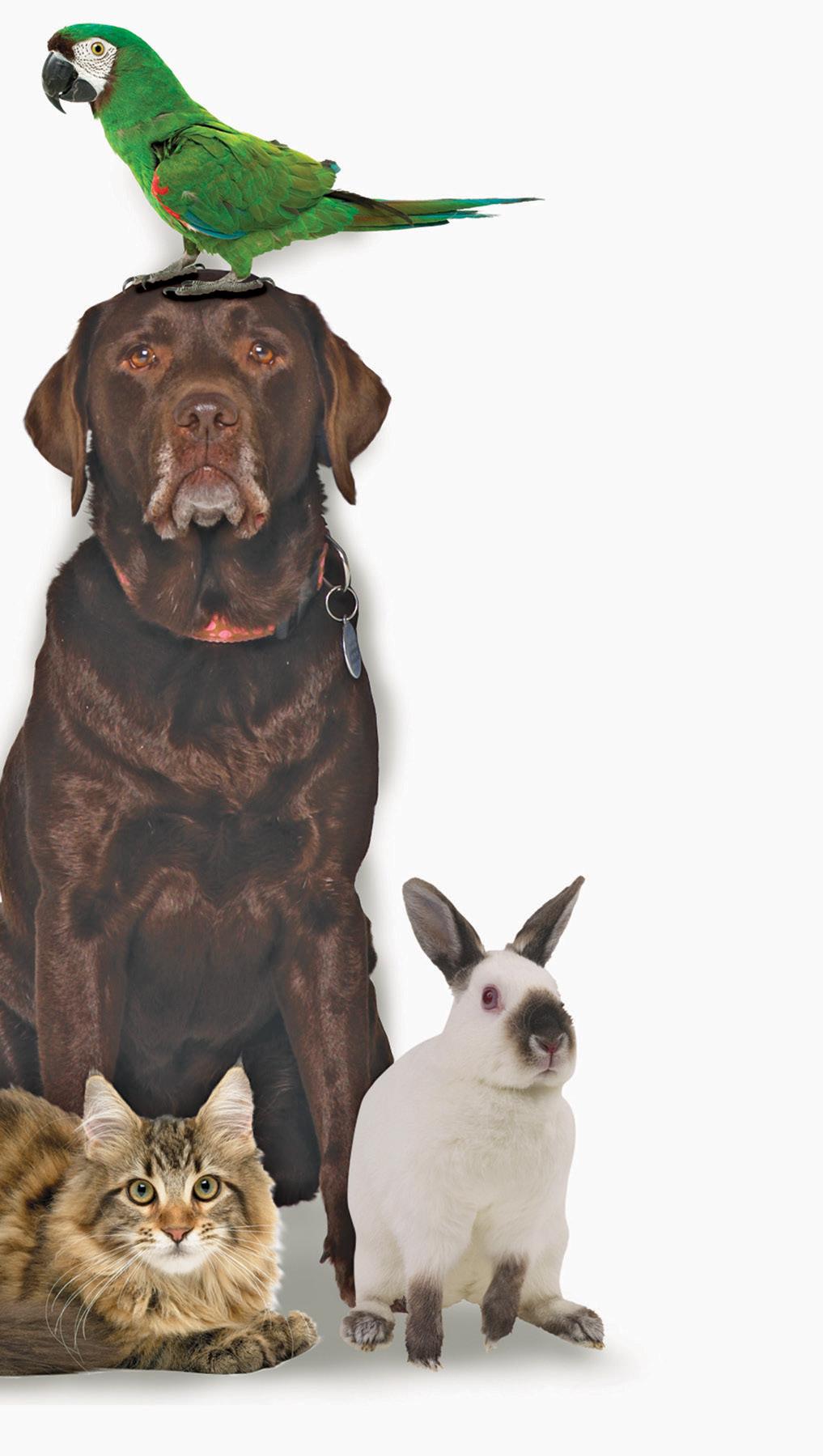








How to keep your dog safe in a public place
Editor’s note: Norma Quintanilla is long-time Brentwood resident and is the sole proprietor of Walking the Dog Pet Services. She can be reached at quintanillan80@gmail.com or at 925-308-6278.
We, as humans, have taken for granted that we can go almost anywhere, any public place. That’s how it has been historically. Now we live in a time where we feel we need to bring our dogs along with


us wherever we go. I’m sure we’ve all noticed that dogs are allowed or tolerated in public places where they have not been permitted in previous decades. It’s nearly everywhere we go ---- restaurants, stores, offices, schools, etc. And since some folks consider their dogs as members of the family or “man’s best friend”, taking them out in public is not that big of a deal.


If you go to the farmers market on a Saturday morning, you’ll see a variety of dog breeds. Some people consider this a normal thing. Others do not. We need to keep in mind that our dog(s) may or may not enjoy these outings. That said, here are some tips to follow when taking a dog out in public to ensure the safety and great experience for everyone present in a public place.
How’s the weather?
Always check the weather before taking your dog out in public. Is it too hot or too cold outside? If it’s too hot, the dog is not going to be comfortable walking on the pavement with no shade. It may get severe burns on his paws. Or if it’s too cold (raining and/or windy), it’s not going to be comfortable either. We need to imagine how we’d feel in extreme weather. If it doesn’t feel good to us, it’s not going to be good for the dog.
Supplies to pack for the dog

Make sure to take plenty of water with a collapsible bowl, some treats, and bags for picking up dog waste. Summer is almost here and Brentwood has many hot days to come, so you want your dog to stay hydrated. Plus, if your dog starts acting up, you’ll want to carry treats on hand to reinforce good behavior.
Leash laws
Learn the leash laws. In California, most municipalities require that dog owners keep their dogs on a leash when out in public. Not everyone is fond of dogs, so always be mindful of that. Other dogs may not be comfortable with your dog either. Even if your dog is friendly, other dogs might not be. They can be reactive (barking, growling and lunging) or your


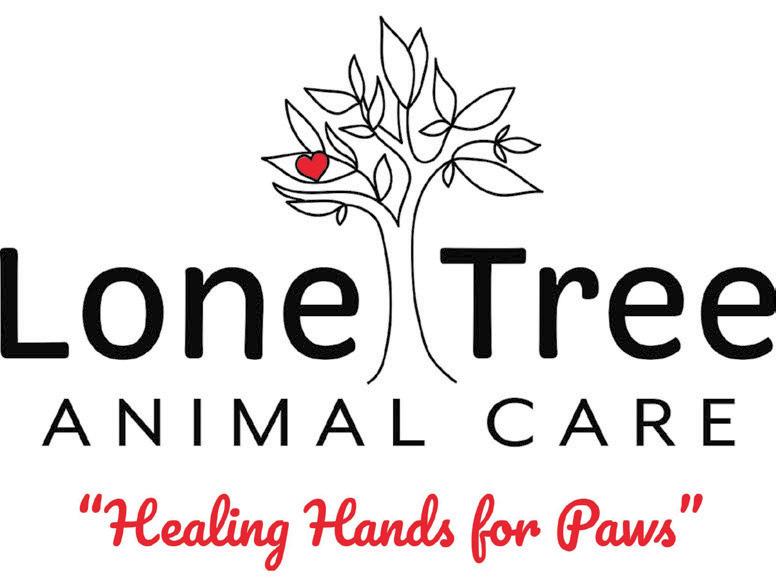
dog can be. That’s why it’s important to have a strong leash to grasp tightly in these situations.
Are dogs permitted?
Find out if dogs are allowed in certain places, such as restaurants, bars, offices, stores, or events. Some of these places only allow service dogs who are trained to hellp the disabled. If your dog acts up, be prepared to leave the establishment or event a little early.
How does the dog feel?
Not all dogs feel comfortable going out to all public places. Some dogs don’t feel safe in crowded areas. Dogs can become traumatized at fairs or concerts in the park where there tends to be large crowds. If your dog has a history of biting someone or has been bitten, then to leave him at home. Being around strangers and other dogs won’t be a good experience for anyone.
Be aware of other dogs
Some dogs are reactive to other dogs approaching, so make sure to have a tight hold on the leash. Be prepared ot leave the area or stop far enough away and just let the other dog pass.Then reinforce good behavior by giving treats.
The dos and don’ts of dog etiquette
There are definitely things you should and shouldn’t do to ensure safety and a positive experience for everyone in public places. Here are more tips on that.
♦ Don’t let the dog approach someone first unless that person wants the attention and you are fine with the interaction. Remember not everyone is into dogs.
♦ Always bring treats as a reinforcement for good behavior. Give commands and if he does it, reward him with the treat.
Always walk your dog on a leash in public places, especially in crowded places like fairs, concerts in the park, sporting events, and playgrounds.

These places are a home away from home for your dog
Finding an East County spot to visit with a four-legged friend is easy. From dog parks to U-pick orchards, to outside dining areas, there’s a spot for every dog lover.
Here is a list of some of the most petfriendly spots in the Delta.
BRENTWOOD
King Park at 1379 Bauer Way features two dog play areas, one for small dogs and one for large. Both areas feature play apparatus made specifically for canine companions and feature benches for humans to relax and watch their pets. Water fountains for pets and owners are available, as are “Mutt Mitts” to pick up pet waste.
Dakota Park at 480 Ridgewood Court is a 4.7-acre park with a half-mile walking trail connecting to other trail systems in Brentwood. This park also has two dog park areas divided for “smaller” and “larger” dogs, with benches and shade structures for pet owners. Outside of the dog play areas, the park features a turf area with picnic tables and barbecues.
Pioneer Park at 2031 Miwok Ave. was recently completed and sits in the heart of Trilogy at the Vineyards, and adjacent to Los Medanos College’s new campus. Like King and Dakota parks, this one also has trails, “large” and “small” dog areas, and even some equipment for pups to play on.
Magpie Park will be the city’s fourth dog park and is under construction. City officials hope to open it this spring. Located off Empire Avenue behind Winco Foods, the park will have all the perks needed to keep its visitors happy, including two areas for big and small dogs.
Four Legs Brewing, a craft beer spot at 2010 Elkins Way, Suite 120, calls itself “dog friendly” and “family friendly.”
Opened in 2021 by Michelle and Erik Bacher, it’s meant to be a “home away from home” for those who love beer and dogs. Four Legs Brewing regularly features food trucks and offers a range of brews from IPAs
to Pilsners. For more information, visit www. fourlegsbrewing.com.
Diablo Cherries, a small cherry orchard at 3150 Sellers Ave., allows visitors to bring their dogs while their owners pick cherries. Co-owner Emily Benz said one of the advantages of being a small farm is flexibility in the rule book.
“We are 100% u-pick, so we don’t have to follow some of the same practices that the commercial orchards do,” Benz said. “As long as the dogs are leashed and well behaved, they can come in the orchard. We have observed that people want to bring their pets with them more and more, and we are happy to welcome them.”
Benz noted thus far, all guests have been respectful and conscientious, cleaning up after their pets and creating a fun, welcoming atmosphere with their dogs. For more information, visit www.diablocherries.com.
While the idea of strolling through an orchard with the family pet may sound appealing, Harvest Time President Jessica Enos said dogs should probably stay home. “There are many farms that cannot allow pets due to food safety restrictions, and our summers can be hot, making it unsafe to leave an animal in your car,” Enos said.
DISCOVERY BAY
The Discovery Bay Community Center, 1601 Discovery Bay Blvd., features a recently renovated dog park with areas for small and large dogs.
“Our dog park is extremely popular with our residents and used every day we are open,” said the town’s assistant general manager Allan Cantando. “The town regularly maintains the park, so our residents can have a nice and aesthetically pleasing place to enjoy their time with their pets”.
OAKLEY
Koda Dog Park at 100 Oxford Drive opened in 2018, and is named for the Oakley Police Department’s first canine officer. The park was a goal of the city for many years before coming to fruition, and it features separate play areas for big and small dogs. There is also a special agility training area for dogs at the northeast quadrant of the park, and a shade structure over the adjacent picnic benches and barbecue pits.








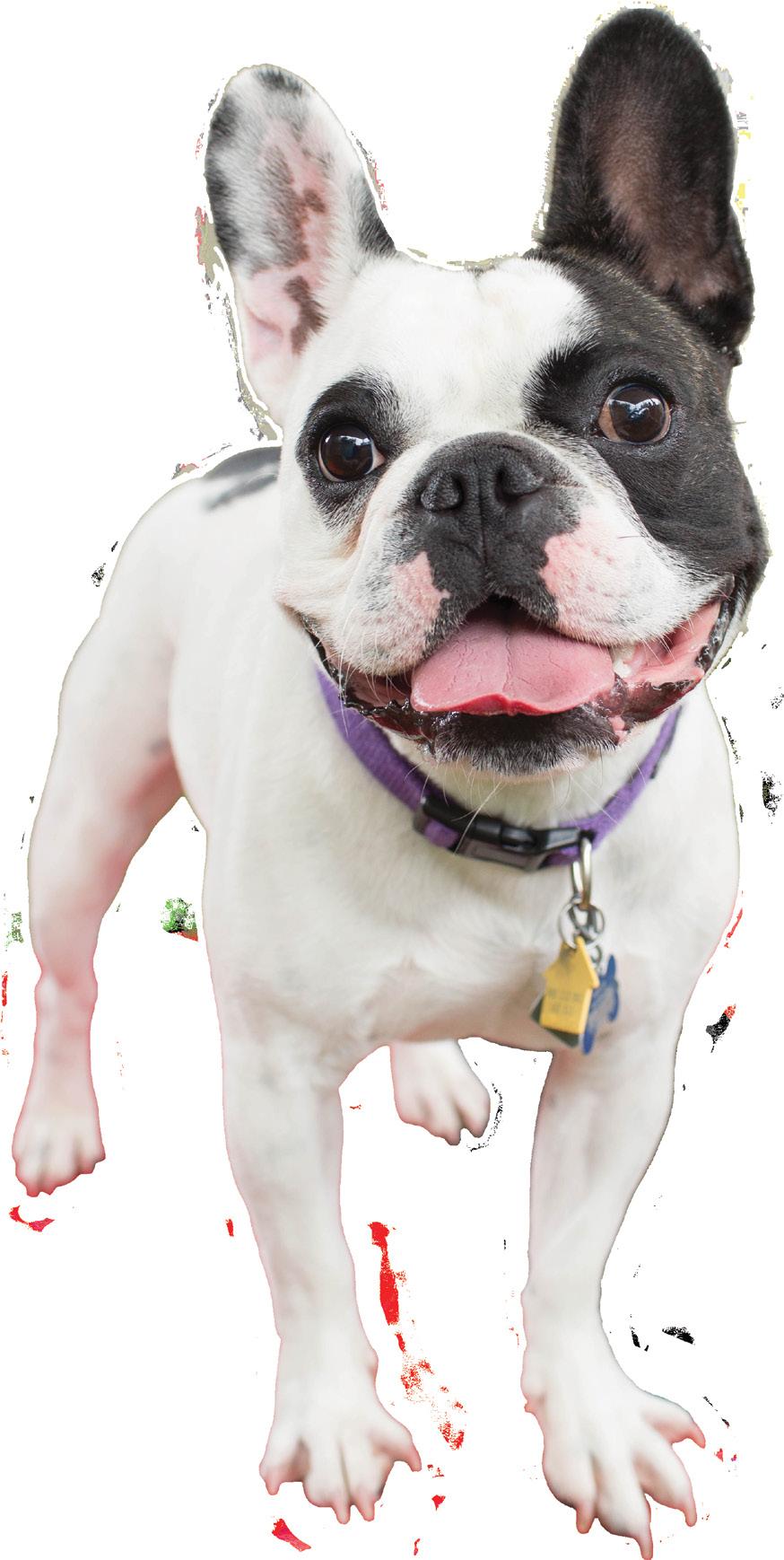



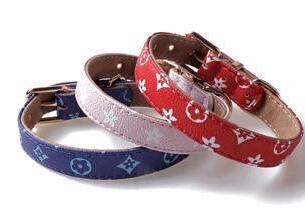
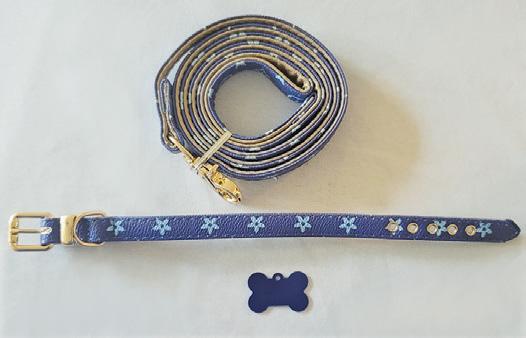

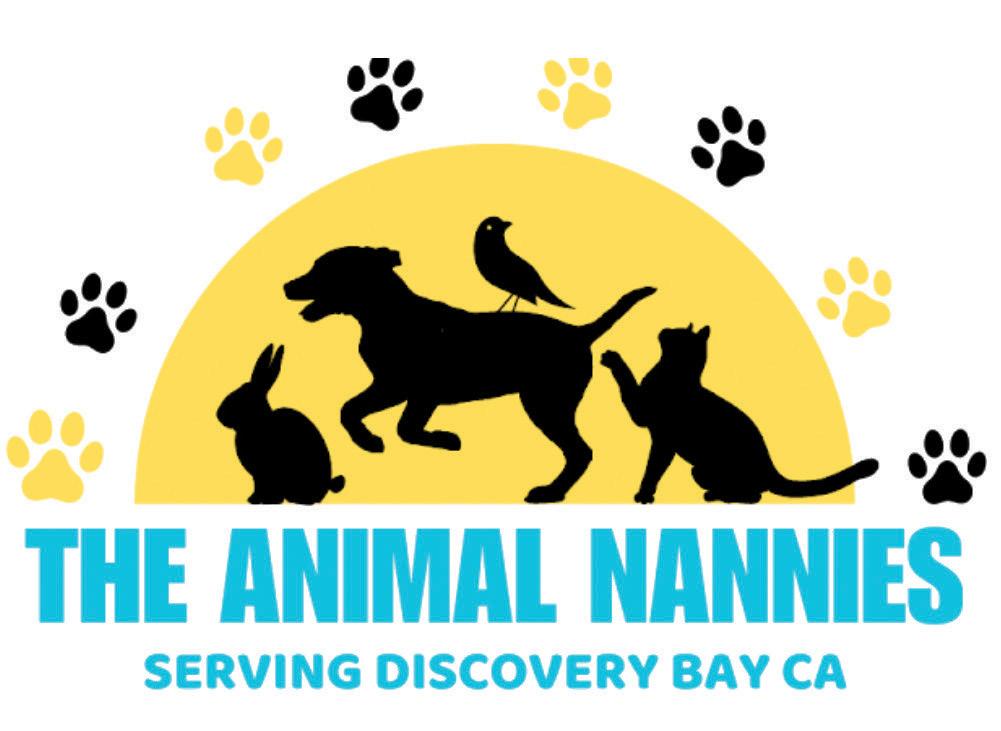


Exotic animals can make for great pets
Cats and dogs top the list of the most common pets among households across North America. But many people are drawn to more unusual pets.
Unconventional pets typically categorized as “exotic pets” can be just as enjoyable as their feline and canine counterparts.
What is an exotic pet?

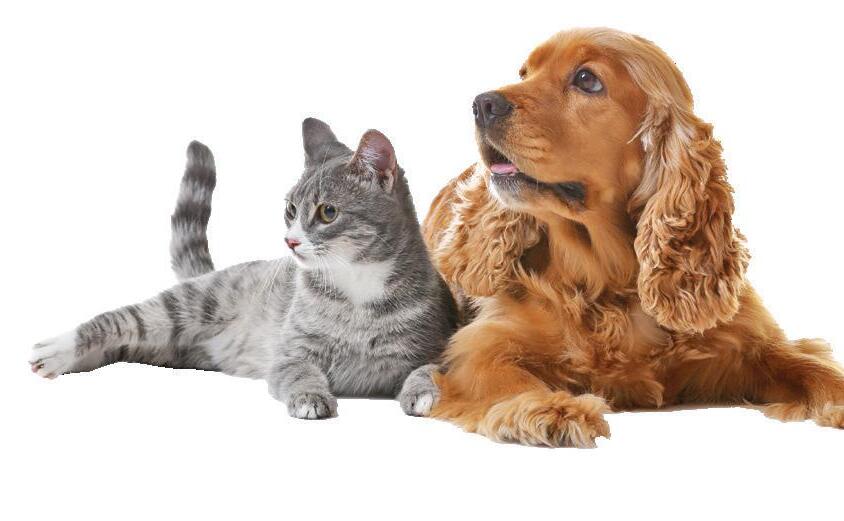





The definition of an exotic pet varies. The Spruce: Pets says different companies, people, governments, and associations all will define an exotic pet differently from one another.
Learn the legalities
Exotic pets can be interesting creatures to care for, and enable people to learn about the distinctive social behaviors and norms of less conventional animal friends. While some pets billed as exotic are widely sold, not all are allowed to be kept as pets. Each state in the United States and each territory and province in Canada has its own laws regarding species of animals that can be kept as pets. It is best to research local laws before acquiring an exotic pet.
Exotic pet considerations
Once you have established which pets you are allowed to own (with or without permit), these exotics may merit consideration:
♦ Axolotls: An axolotl is a type of salamander that doesn’t go through metamorphosis. Axolotls can be an alternative to aquatic animals like fish or snails. They can live up to 15 years and are mainly solitary animals. They can do well on worms and sinking salmon pellets as food, according to Burlington Emergency & Veterinary Specialists.
♦ Hermit crab: A hermit crab is a decapod, which means it has five pairs of legs,
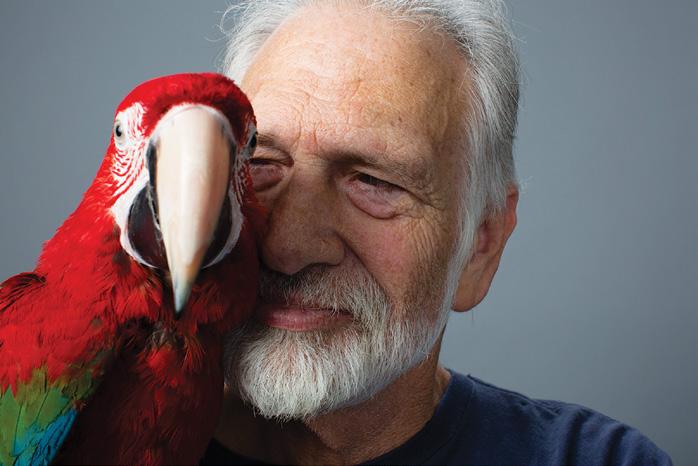
including a pair of claws, according to the Monterey Bay Aquarium. Unlike some other crabs, a hermit crab does not have its own shell, but rather inhabits discarded shells from other animals, like sea snails. Hermit crabs require a warm environment with food they can scavenge. Provide a variety of shells so the crab can occupy new ones as it grows larger.
♦ Macaws: These large, colorful parrots are native to tropical areas in the Americas, advises Britannica. Most macaws are large and need lots of social interaction to thrive. They are high-maintenance pets that also can be a lifelong commitment since they live many, many years.
♦ Bearded dragon: Sometimes called “beardies” among enthusiasts, these medium-sized lizards are native to Australia and have become popular pets. They tend to be very docile in captivity and learn to be handled. They are most active during the day, and will require a combination of insects, vegetables, fruit, and leafy greens to thrive.
♦ Domesticated hedgehog: A hedgehog resembles a furry pin cushion. This small animal, which weighs roughly one pound, has an average life span of four to six years, says Good Housekeeping. Hedgehogs are nocturnal so they should not be forced to be active during the day. Their quills can penetrate the skin when they are frightened or provoked, so that is another variable to consider.







Signs your dog may be dehydrated
Water is essential for mammals’ bodies to operate at peak capacity. The American Kennel Club says water is necessary to lubricate joints, facilitate digestion, regulate body temperature, and cushion internal organs, among many other functions. Similar to humans, pets that fail to consume enough water can face dire consequences.
Dehydration is a medical term for when the body has lost more fluid than it has taken in. Dehydration can occur at any time, but it is even more common during the warmweather months. Dogs quickly can become very sick from dehydration. That is why every pet owner should learn how to recognize the symptoms of dehydration in their dogs.
The Veterinary Emergency Group says symptoms of mild dehydration can include:
♦ Dry nose, although this also can be a signal of other problems, like fever.
♦ Excessive drooling occurs as the dog tries to cool down its body.
♦ A dehydrated dog can exhibit signs of fatigue, including a reluctance to move around much.
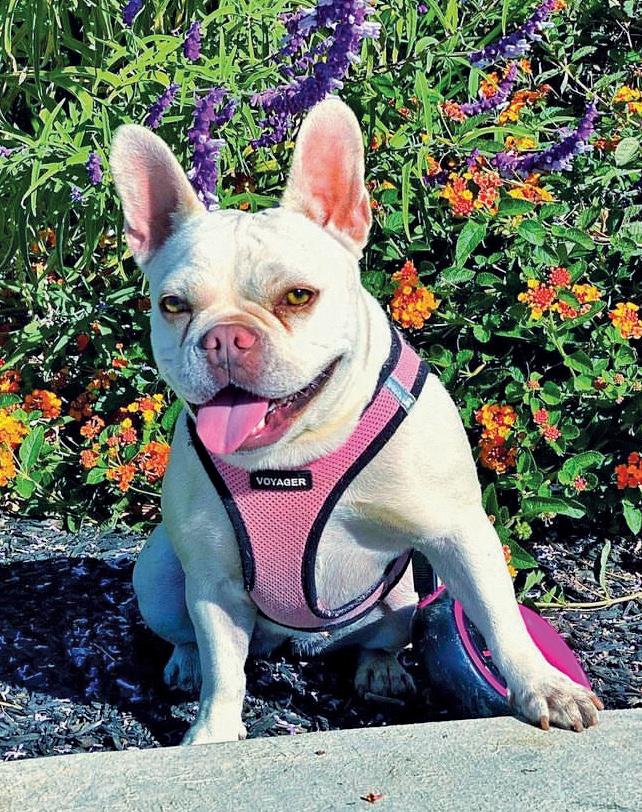
♦ Sticky gums
As the dog becomes more dehydrated, the following symptoms can develop:
♦ Loss of elasticity of the skin.
♦ Loss of appetite.
♦ Thickening of the dog’s saliva.
♦ Gums may go from sticky to dry.
♦ Excessive panting may begin.
♦ Vomiting or diarrhea also may occur.
♦ Dehydration causes the body to redistribute fluid lost, and fluid may be pulled from the eyes, causing the eyes to appear sunken.
If a dog appears to be dehydrated, you can start offering small amounts of water to slowly rehydrate the animal, according to the Northeast Veterinary Referral Hospital. It’s important to call the veterinarian and get further advice regarding how to address dehydration. Some veterinarians may suggest offering an electrolyte-enhanced fluid like Pedialyte so electrolyte loss does not affect organs. The vet may want you to come into the office so the dog can receive intravenous fluids, according to the the American Kennel Club.


• ONSITE MICROCHIPPING & VACCINATION By: Lone Tree Animal Care
The best way to treat dehydration is to prevent it in the first place. Provide dogs with a constant supply of clean, clear water at all times. The amount of water needs to increase if the dog is spending time outdoors in hot weather or exercising.
Cats also are prone to dehydration and can exhibit the same symptoms as dogs. So cat owners also must be diligent in checking for dehydration symptoms in their pets.







